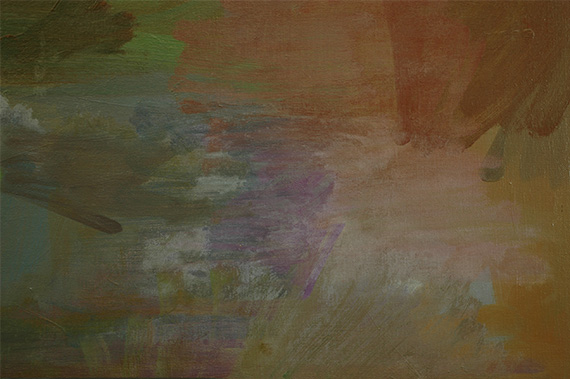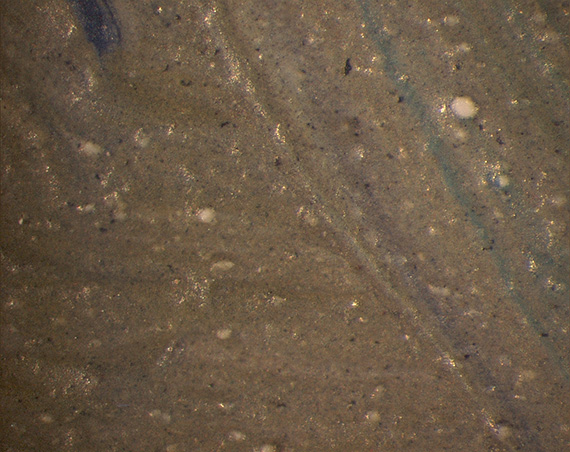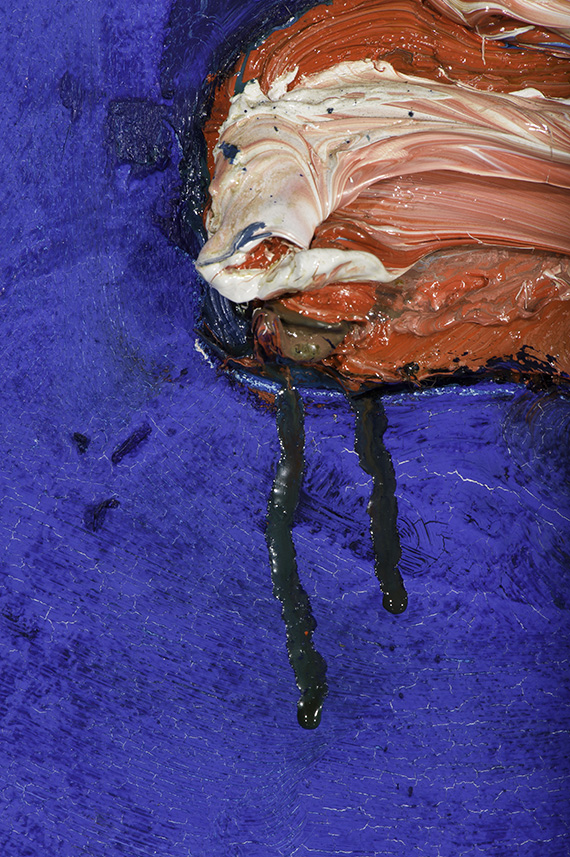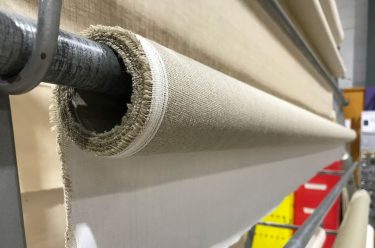Surely the last place you would look for the soap is in your favourite oil painting? Not so, as over the past decade conservators and conservation scientists have been investigating the peculiar phenomena of soap formation in the rich, oil-laden layers of paint used in the paintings and masterpieces we love to look at.
But let’s be specific – we are talking about metal soaps – the formation of large molecules of fatty acids bound to a metal ion. In the multi-layered structure of an oil painting metals are present in the pigments used to colour paints and the fatty acids are present in paint binders such as linseed oil. The interaction of pigment and binder to form a metal soap is extraordinarily complex but the consequence on the condition of an affected painting can be profound.
Lead and zinc soap formations, the most common forms of metal soap, can lead to extreme changes in the chemical stability of paintings including – increased transparency of paint layers; the formation of insoluble, efflorescent blooms that obscure the surface of the picture; large aggregate formations that push out from below the surface distorting the appearance of the paint layer; flaking caused by accumulation of soaps at the interface between paint layers; and even highly mobile, dripping paint.
DIVE DEEPER: More conservation projects unveiled
SIGN UP NOW: Subscribe to QAGOMA Blog for the latest announcements, acquisition highlights, behind-the-scenes features, and artist stories.



Through the Centre for Contemporary Art Conservation, Dr. Gillian Osmond, QAGOMA Paintings Conservator, has been researching zinc soap formation in paintings by contemporary artists. Gillian’s significant contribution in this important field of research was acknowledged when she was invited to speak at the international art conference, Metal Soaps in Art 1 organised by the Netherlands Institute for Conservation, Art and Science and the Rijksmuseum.
Gillian has said,
I am excited to be collaborating with a group of respected international peers on the scientific committee for the Metal Soaps in Art conference. Together we will work to compile and share the most recent and significant findings in this area of research with our colleagues more broadly, and consider implications for collections worldwide.
Amanda Pagliarino is Head of Conservation and Registration, QAGOMA
Endnote
1 Metal Soaps in Art, https://www.rijksmuseum.nl/nl/nu-in-het-museum/symposia/metal-soaps-in-art
Know Brisbane through the Collection / Hear artists tell their stories / Read about the Australian Collection / Subscribe to YouTube to go behind-the-scenes
#QAGOMA

